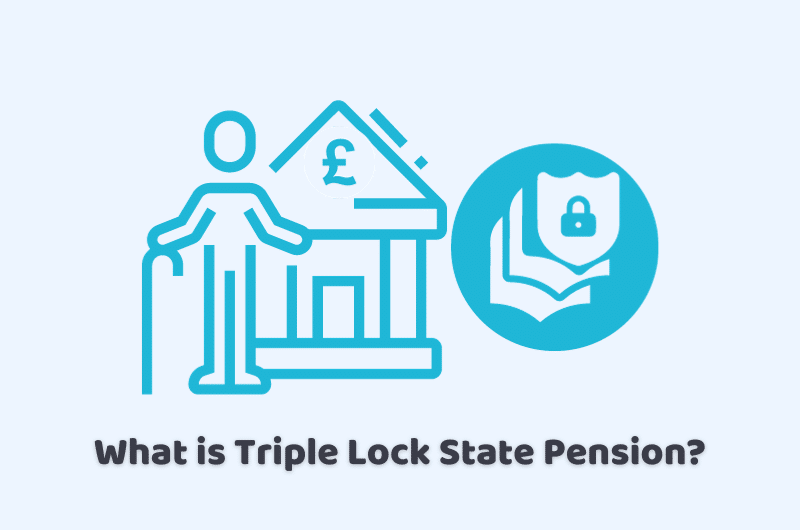What is the Pension Triple Lock?

Introduction: The Pension Triple Lock is a crucial mechanism in the UK that protects the state pension’s value against inflation and ensures that pensioners maintain their purchasing power over time. Introduced in 2010, the Triple Lock has been a cornerstone of pension policy, providing a guarantee for pension increases based on specific criteria. In this article, we will delve into what the Pension Triple Lock is, how it works, and its significance for pensioners.
What is the Pension Triple Lock?
The Pension Triple Lock is a government policy that ensures the state pension increases each year by the highest of three measures:
- Consumer Price Index (CPI) Inflation: The increase in the cost of living as measured by the Consumer Price Index.
- Average Earnings Growth: The rise in average wages in the UK.
- A Minimum of 2.5%: A guaranteed minimum increase of 2.5%, regardless of the other two measures.
How Does the Triple Lock Work?
Each year, the government reviews these three measures and applies the one that results in the highest increase to the state pension. This ensures that pensioners’ incomes keep pace with rising living costs and average earnings, protecting them from economic fluctuations.
For example, if CPI inflation is 3%, average earnings growth is 2%, and the minimum rate is 2.5%, the state pension would increase by 3% for that year. Conversely, if CPI inflation is 1%, average earnings growth is 2%, and the minimum rate is 2.5%, the pension would rise by 2.5%.
Significance of the Pension Triple Lock
The Triple Lock plays a critical role in ensuring financial security for pensioners. Here are some key benefits:
- Protection Against Inflation: By linking pension increases to inflation, the Triple Lock helps maintain the purchasing power of pensioners, ensuring they can afford basic necessities even as prices rise.
- Rising Standard of Living: Linking pension increases to average earnings growth allows pensioners to share in the nation’s economic prosperity and not fall behind working-age populations in terms of income.
- Minimum Guarantee: The 2.5% minimum increase provides a safety net in years when inflation and earnings growth are low, ensuring a baseline increase for pensioners.
Challenges and Criticisms
While the Triple Lock has been beneficial for pensioners, it also faces several challenges and criticisms:
- Cost to the Treasury: The Triple Lock is expensive for the government, as it commits to significant annual increases in state pension spending. This has raised concerns about the long-term sustainability of the policy.
- Intergenerational Fairness: Critics argue that the Triple Lock disproportionately benefits pensioners at the expense of younger generations, who may face higher taxes and reduced public services as a result.
- Economic Conditions: In times of economic downturn, maintaining the Triple Lock can be financially burdensome for the government, potentially leading to budgetary constraints in other areas.
Future of the Triple Lock
The future of the Triple Lock is a topic of ongoing debate. While it has provided much-needed stability and security for pensioners, questions about its sustainability and fairness continue to arise. Some policymakers suggest modifications, such as replacing it with a “Double Lock” that links increases to inflation and earnings growth without the 2.5% minimum guarantee, to balance pensioner support with economic realities.
Conclusion
The Pension Triple Lock is a vital policy that has ensured the state pension keeps pace with the cost of living and wage growth, providing financial security for millions of pensioners in the UK. While it faces challenges and criticisms, its importance in protecting the incomes of the elderly cannot be understated. As the government continues to evaluate its economic policies, the Triple Lock remains a critical component of the social safety net for pensioners.